The asset-light model is a business strategy that emphasizes reducing ownership of physical assets, such as manufacturing facilities, warehouses, or transportation fleets. Instead, companies focus on intellectual property, brand value, and customer relationships, outsourcing non-core activities to third-party providers. This approach enables businesses to operate with greater flexibility, scalability, and cost efficiency.
For example, companies like Uber and Airbnb have revolutionized their respective industries by adopting asset-light models. Uber owns no vehicles, and Airbnb owns no real estate, yet both have achieved global dominance by connecting supply and demand through digital platforms.
Why you should consider Asset-Light Model
- Lower Capital Expenditure: By avoiding heavy investments in physical assets, companies can allocate resources to innovation, marketing, and customer acquisition.
- More Flexibility: Asset-light businesses can quickly scale operations up or down in response to market demand. For instance, a software company like JAM-Forte Technologies can expand its user base without needing to build additional data centers by leveraging cloud-based infrastructure.
- Reduced Risk: Owning fewer physical assets minimizes exposure to risks such as depreciation, maintenance costs, and market volatility.
- Focus on Core Competencies: By outsourcing non-core activities, companies can concentrate on what they do best—whether it’s product development, customer service, or brand building. This often leads to higher quality and innovation.
Few Considerations before adopting Asset-Light Model
While the asset-light model offers numerous benefits, it is not without challenges. Companies must carefully manage relationships with third-party providers to ensure quality, reliability, and alignment with brand values. Over-reliance on external partners can also lead to vulnerabilities, such as supply chain disruptions or loss of control over critical processes.
Additionally, the asset-light model may not be suitable for all industries. Businesses that require specialized infrastructure or stringent quality control, such as pharmaceuticals or aerospace, may find it difficult to fully adopt this approach.
Industries That Has Embraced the Asset-Light Model
- Technology: Tech giants like Apple and Google have embraced asset-light strategies by outsourcing manufacturing while retaining control over design and software development.
- Hospitality: Hotel chains like Marriott have shifted toward asset-light models by franchising properties rather than owning them outright.
- Retail: E-commerce platforms like Amazon rely on third-party sellers and logistics partners to minimize inventory and delivery costs.
- Entertainment: Streaming services like Netflix and Spotify avoid owning physical media, instead focusing on content creation and distribution through digital platforms.
- Transportation: Companies like Uber, Bolt, and In-Drive reply on independent drivers to deliver transport services to their user, Eliminating the cost of buying vehicles for operational purpose.
In summary, the asset-light model represents a paradigm shift in how businesses approach growth and sustainability. By prioritizing flexibility, efficiency, and innovation, companies can navigate the complexities of the modern economy while delivering value to customers and stakeholders. As industries continue to evolve, the asset-light model will remain a powerful tool for achieving long-term success in an increasingly dynamic world.




